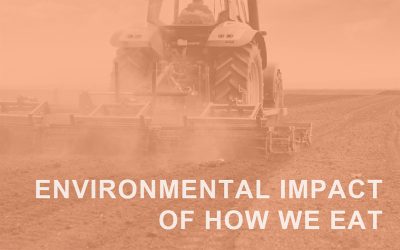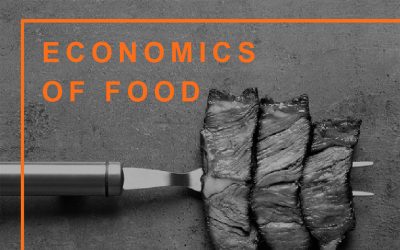Personal trainers have a responsibility to address the dietary habits of their clients. We can make plenty of suggestions, share articles, and raise awareness of the benefits of eating. a certain way, but we should also be prepared to address the environmental impact...
Andrew Gavigan
The Way We Eat: The Economics of Food
Food and nutrition is not only a major spotlight of the fitness industry, it’s a hot topic in local government, politics, healthcare, environmental science, and the economy. Basically, food and nutrition are among the most important components that support our...
Client Check-Ins: Checking in is Good for Business and Results
Name one tool that improves client’s outcomes, creates a stronger, longer-lasting relationship with clients, and improves overall revenues..? Check-Ins! Go the Extra Mile Creating a thorough process for communicating with clients on an ongoing and regular basis, is...
Process Goals Versus Outcome Goals: The Art of Goal Setting
Goal setting is a regular part of any fitness routine and of every personal trainer’s usual skillset. Setting goals allows for accountability, measurable targets, and meaningful feedback. But it’s up to the trainer and their client to make sure they create appropriate...
What Fitness Pros Can Learn From Economics
As a trainer turned-behavioral economics-major, I’ve become increasingly aware of how economics applies to everything we do in the industry—and it can have a significant impact on our own financial success and even our clients’ fitness success. For example, I was...
Why is it Called a Dumbbell? (and Other Fitness Terms You’ve Always Wondered About)
Push-ups, Sit-ups, and Box Jumps are all aptly named exercises. The name describes exactly what they are. But what about fan favorites like Burpees, Bulgarian Split Squats, Tabata Drills, or even the Dumbbell. I researched the etymology and origin of these exercises,...


